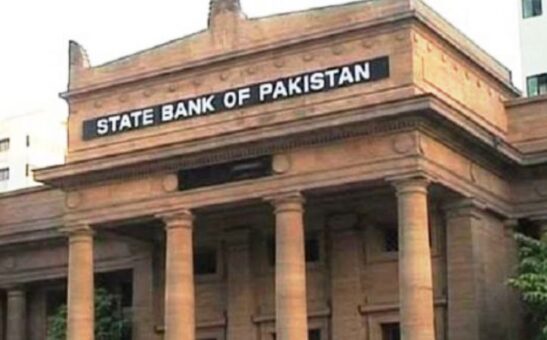KARACHI – The State Bank of Pakistan (SBP) has provided an update on foreign exchange rates for October 20, 2022, shedding light on the value of the Pakistani Rupee (PKR) against major international currencies.
These rates, determined based on the weighted average rates of commercial banks, are essential indicators for businesses, investors, and individuals involved in cross-border transactions.
As of October 20, 2022, the buying and selling rates for specific foreign currencies in PKR are as follows:
• UAE Dirham (AED):
• Buying: 60.1575 PKR
• Selling: 60.2611 PKR
• Australian Dollar (AUD):
• Buying: 138.2715 PKR
• Selling: 138.5342 PKR
• Canadian Dollar (CAD):
• Buying: 160.4269 PKR
• Selling: 160.7189 PKR
• Swiss Franc (CHF):
• Buying: 219.6419 PKR
• Selling: 220.0450 PKR
• Chinese Yuan (CNY):
• Buying: 30.5483 PKR
• Selling: 30.6054 PKR
• Euro (EUR):
• Buying: 216.0945 PKR
• Selling: 216.4958 PKR
• UK Pound (GBP):
• Buying: 247.7993 PKR
• Selling: 248.2766 PKR
• Japanese Yen (JPY):
• Buying: 1.4727 PKR
• Selling: 1.4754 PKR
• Saudi Riyal (SAR):
• Buying: 58.7541 PKR
• Selling: 58.8623 PKR
• US Dollar (USD):
• Buying: 220.8044 PKR
• Selling: 221.2205 PKR
The exchange rates act as a crucial barometer for the economic health of the country, influencing trade, investments, and financial markets. The USD to PKR exchange rate, a pivotal indicator for international transactions, stands at 220.8044 PKR for buying and 221.2205 PKR for selling on this specific date.
Fluctuations in exchange rates have far-reaching implications for various sectors of the economy. A stronger PKR can make imports more affordable but may pose challenges for exporters. Conversely, a weaker PKR could boost exports but might increase the cost of imported goods.
The SBP’s regular updates on exchange rates contribute to the transparency of the foreign exchange market, allowing businesses and investors to make well-informed decisions. Central banks, including the SBP, often intervene in the foreign exchange market to stabilize their national currencies and ensure economic stability.
Economic analysts will closely analyze these rates to discern trends, potential impacts on the domestic economy, and offer insights into the broader economic landscape. As the global economic environment continues to evolve, the SBP’s timely and accurate information on foreign exchange rates remains crucial for navigating the complexities of international finance and trade.
